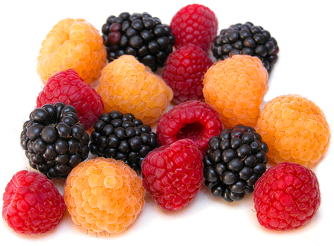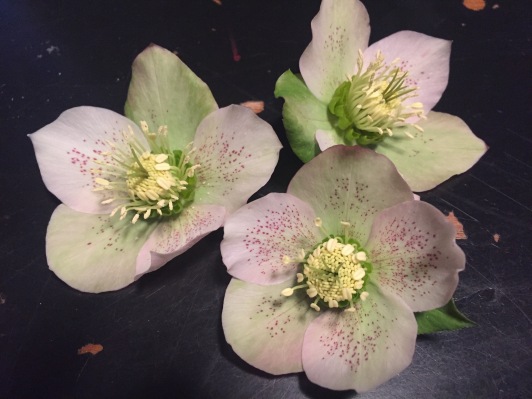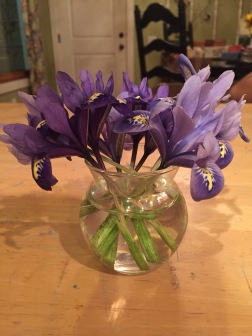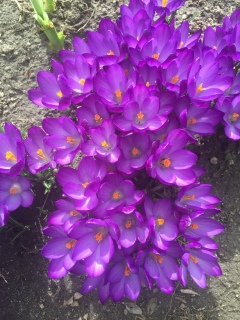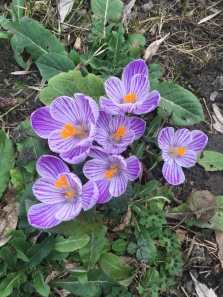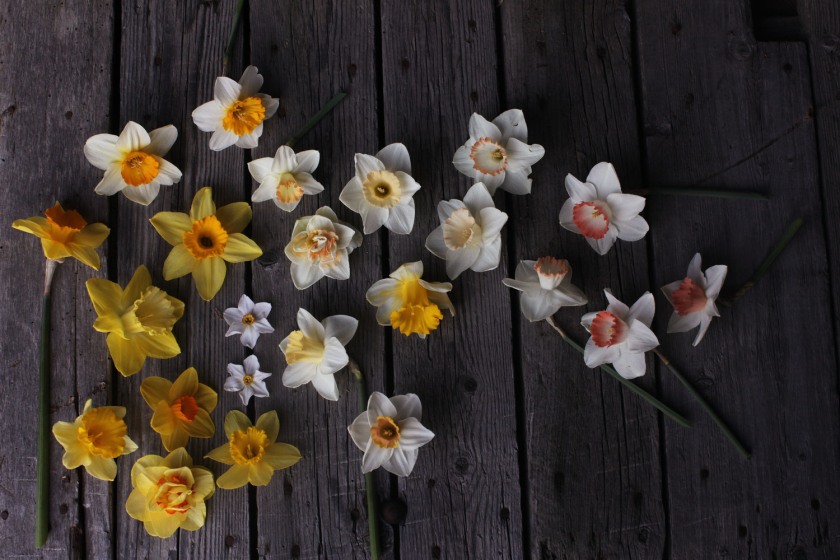It is that time of year when it’s cool outside and the seed catalogs start to arrive in the mailbox. You get one or two sunny, warm days and you’re ready to start gardening…… I used to thumb through the catalogs and dream, but now I try to get right on ordering the seeds that I want to plant because THEY RUN OUT! -Yes.
Johnny’s Seeds has some of my favorite vegetable and flower varieties, but if you don’t order them early they run out! Hakurei Turnips are the first seeds they run out of and they are my favorite. After working at the Peaceful Belly Farm for several years, I have a few favorites that I have to grow each year all of which can be found at Johnny’s Selected Seeds. These include: Turnips Hakurei, Lettuce Mix Encore, Peas Sugar Anne and Purplet Onions. There are many other great varieties in this catalog that do very well in Boise.
The Catalog itself is full of great information about growing conditions, germination guides, comparison charts, links to videos, and even a few stories. The catalog has vegetables, crop covers, flowers and some great tools too. Their website is good, but I have an easier time finding things in the catalog and I tend to use it all season as a reference.
If you are growing Sun Flowers they have an amazing selection of different colors, heights, growing times. I tried their Collection of Sunflowers last year and really enjoyed trying some varieties that I might not have otherwise selected. They also have other fun flowers. I really like the Calendula Flashback Mix. It is so drought tolerant. Once established, it really needs very little water and they will bloom all summer long in full, hot sun. Save the seeds and you will have Calendula for many years to come. When you are selecting flowers, because some of them take a long to bloom, be careful. Some of them might be better to buy as a plant, than to wait to grow from seed to flower. Dusty Miller is a foliage often used in bouquets and you are better off getting a few of these plants, than planting the seeds and waiting 88 days to start cutting the foliage. China Aster are another one. They take 110-120 days, which means they won’t be ready until into the fall and it might be too cold by then for them to bloom. If you have a heated greenhouse and can start them very early, this will help, but if you’d like to cut them during the summer, you might look for the plant. Most of the other ones will do well if you follow the growing instructions in the catalog. Look at the days to see how long it is going to take to grow from seed.
Priorities when ordering seeds: get the flower seeds early that you are starting indoors or in a greenhouse. Many need to be started 6-12 weeks before they are planted outside in mid-May to June. Tomato seeds if you are starting your own tomatoes, they need to be started early as well if you want to have tomatoes in the summer and not wait until fall. Look at how long they take to bare fruit when selecting your tomatoes. Choose a few early ones and a few longer ones. Cool Season seeds: lettuce, spinach, turnip, radish, Fava beans, peas, and other cold season plants can be purchased now so that they are ready to plant outside as soon as the weather permits. St. Patricks Day is the traditional day to plant peas. (See the story below on peas.) Seeds that run out. If you can, order all the seeds you will need at once.
If you have friends who are also planting a garden, order with them and share. You just need a few tomato seeds, so you could share them or you can also keep them in a cool, dry place and use them for several years in a row. I have a whole library of seeds that I pull out each year and use. These include my giant pumpkin seeds, my birdhouse gourd seeds, zucchini and cucumber seeds, radish, flowers and more.
There are also lots of seeds that you can save from your garden and plant from year to year, like Bread Seed Poppy. Read more about this in my next article. In the meantime, go to Johnnyseeds.com and look at all the wonderful seeds available for your 2018 garden.

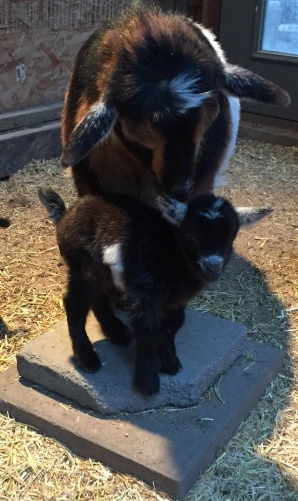


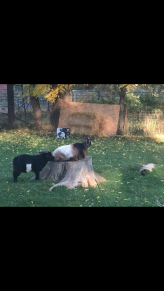

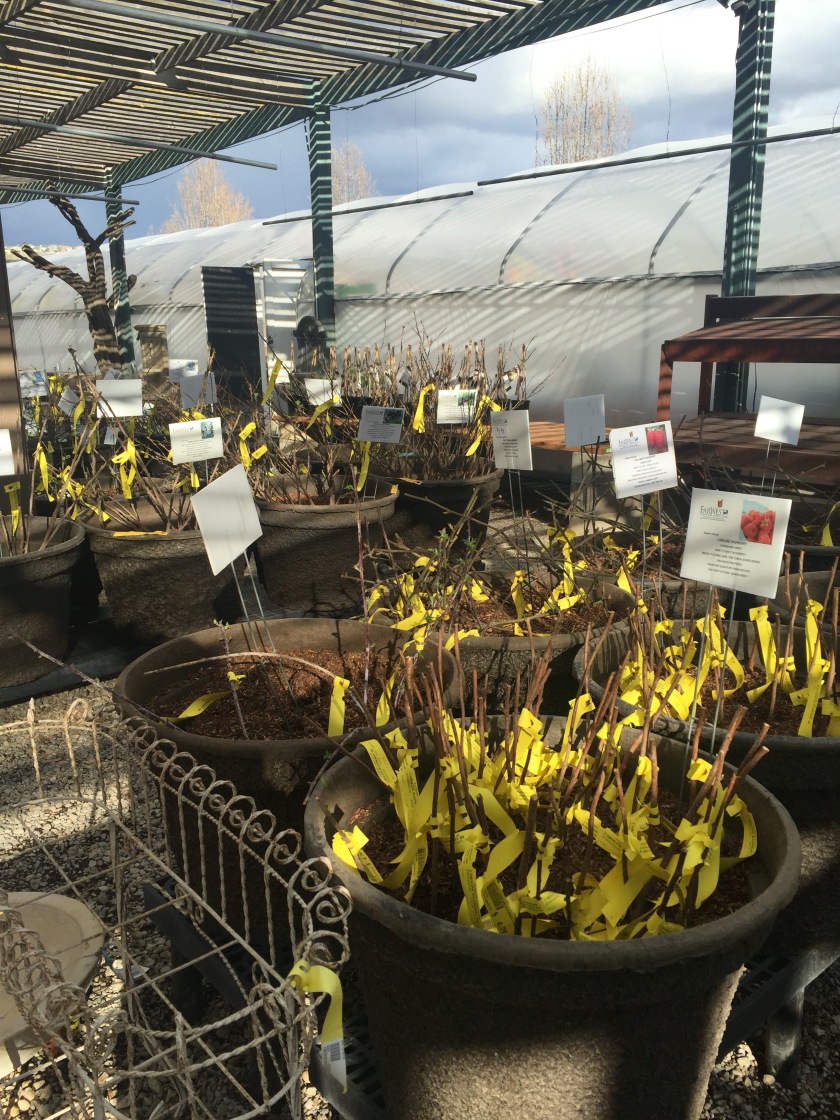 Every year Dennis Fix, the owner of FarWest nursery travels to Oregon to bring back some great varieties of raspberries, marion berry, black berry, currants, gooseberries, and grapes. This is how I got my berry garden started and now I have berries from early summer until the fall.
Every year Dennis Fix, the owner of FarWest nursery travels to Oregon to bring back some great varieties of raspberries, marion berry, black berry, currants, gooseberries, and grapes. This is how I got my berry garden started and now I have berries from early summer until the fall.